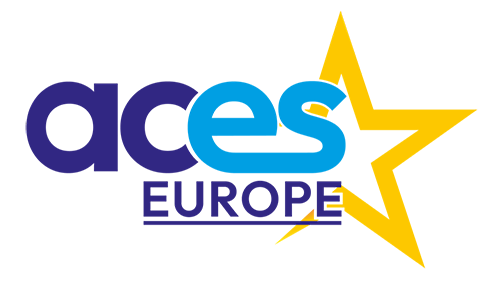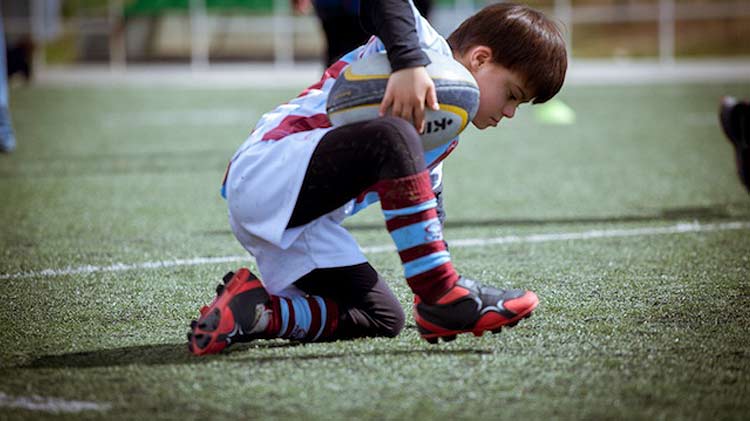Disability Sport Policy – What factors a city should take into account
In a vivacious society, everyone should have access to sports. Recognised by the European Union (European Accessibility Strategy 2010-2020), the fundamental rights of persons with disabilities for social inclusion and exercise have been supported actively by the European Commission. According to numerous studies, cities that ensure the participation of persons with disabilities contribute to the prosperity and well-being of the total population. In this regard, it is the duty of every local community to build accessible spaces and facilities for all citizens.
Based on Eurostat findings, approximately 15% of the EU population have severe or mild disabilities. With an ageing European population growing, this number is likely to increase. Taking this fact into consideration, the need of investing on accessibility infrastructure for persons with disabilities becomes more and more prominent.
When planning infrastructure for disabled at local level there are some parameters that a local authority should take into consideration as follows:
- An inclusive sport policy at local level requires a precise and holistic master plan. Consulting with people with disabilities and disability organisations is extremely important in designing infrastructure and activities that meet the exact needs of each group.
- The categories of disabilities are: physical, intellectual, blind, deaf, paralysed. The infrastructure should cover the needs of all these categories accordingly.
- When building facilities, all the areas should be included in the planning. From parking spaces to the entrance, the changing rooms and activity spaces, every area should fulfill the standards that facilitate a friendly environment for PWD.
- Sport programmes can vary. According to a study (Black & Williamson, 2011), activities can be separated, personalised, parallel, but also cooperative with not-disabled persons.
- New technologies can be extremely useful. There is an abundance of new assistive devices, gadgets, clothing and online applications that could be proved miraculous for PWD’s performance during sports.
- Communication and education matters. Disabled persons’ hesitation is a common deterrence factor to their participation in sport activities. To overcome this barrier, more raising awareness campaigns and education activities should be made with the aim of encouraging PWD to participate in sport and recreation activities.








